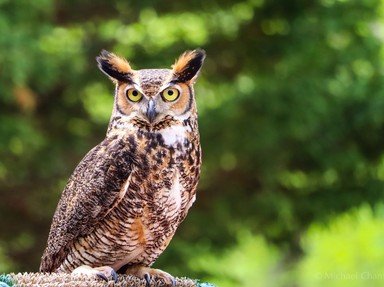Quiz Answer Key and Fun Facts
1. According to Hesiod's "Theogony", Athena was born from the union of Zeus and Metis, though in a very unconventional way. What happened to Metis?
2. Athena was the protector of the city of Athens, which honoured her by building a magnificent temple, the Parthenon, still standing on top of the Acropolis. Which of Athena's attributes does the name "Parthenon" refer to?
3. Also known as "owl of Athena", the little owl has been associated with the goddess for over 2,500 years. What feature of this small Eurasian bird of prey is the association probably based upon?
4. What was the name of the device bearing Medusa's head - worn by Athena in most of her depictions - which has become synonymous with protection by a powerful entity?
5. Many of the greatest Greek heroes enjoyed Athena's protection. In particular, she advised and aided Heracles and Perseus in their celebrated heroic feats. How were these two heroes related to the goddess?
6. Even though Athena was known as a patron of heroes, she could also be ruthless in her wrath. What was the name shared by two powerful Greek warriors who were punished by Athena during the Trojan War - one struck with madness, the other drowned in a shipwreck?
7. Athena is also a prominent character in Homer's "Odyssey", where she assists the hero in his interminable return journey from Troy - in contrast with the vengeful stance of what other Olympian deity?
8. In Aeschylus' tragedy "Eumenides" - probably the earliest example of literary courtroom drama - Athena presides over the tribunal judging Orestes, Agamemnon's son. What crime had Orestes committed?
9. Besides her patronage of scholarly knowledge and heroic deeds, Athena was also the protector of many useful human activities and inventions. Which of the following was she NOT associated with?
10. Athena was adopted into the Roman pantheon with the name of Minerva. From the religion of what other ancient people (whose origins are still somewhat mysterious) did they take the name?
Source: Author
LadyNym
This quiz was reviewed by FunTrivia editor
looney_tunes before going online.
Any errors found in FunTrivia content are routinely corrected through our feedback system.

